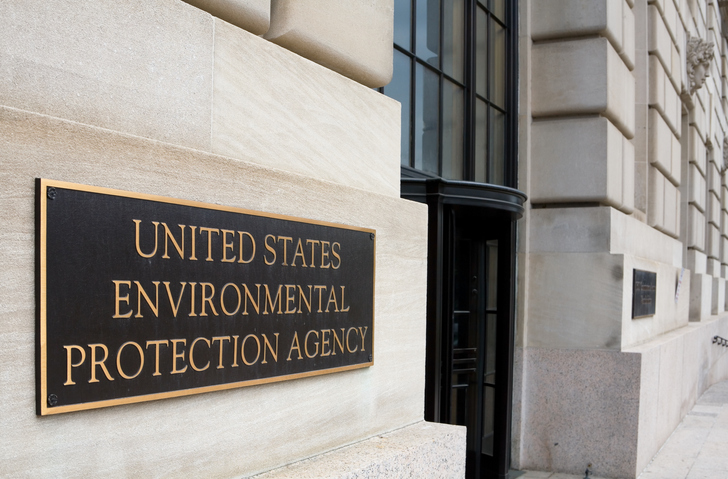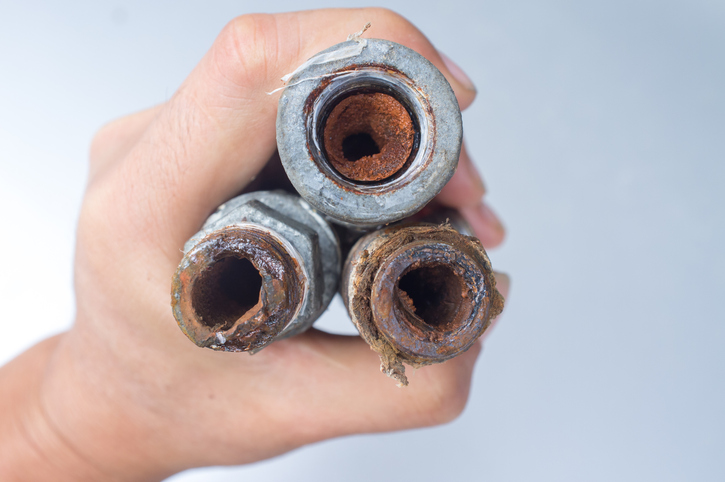Last week, the United States Environmental Protection Agency’s (EPA) Administrator, Andrew R. Wheeler, signed a rule for publication that would repeal the 2015 Clean Water rule, also known as the Waters of the United States (WOTUS) rule.
The 2015 WOTUS rule allowed for a significant extension of the reach of the Clean Water Act (CWA) by expanding the definition of “waters of the United States” to include waters such as headwaters, wetlands, and streams. The 2015 rule interpreted the CWA to cover these waters reasoning that they require protection “in order to restore and …
Continue Reading









